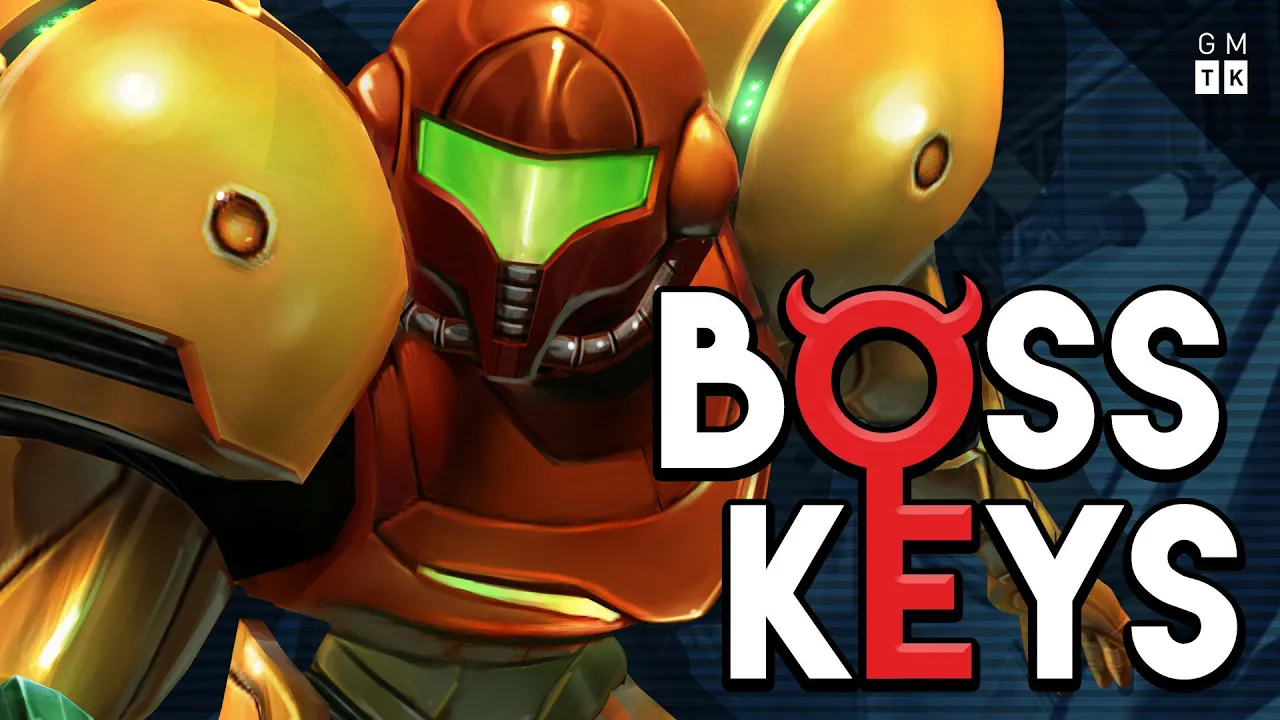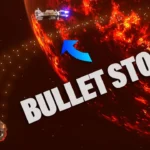Metroid Prime, a groundbreaking transformation of a classic series, seamlessly adapted the beloved side-scrolling adventure into a 3D first-person shooter. The game, developed by Retro Studios, captured the isolating atmosphere, lock-and-key structure, and interconnected world design of the classic games while introducing new elements such as first-person combat focused on movement and strategic weapon utilization.
Despite its successes, Metroid Prime faces challenges in its world design structure that can impact the player experience. The game introduces players to its world through a prologue on a space pirate frigate before the adventure truly begins on the planet Tallon IV. As players progress, they encounter locked doors and blocked paths, requiring them to acquire upgrades to navigate through the world.
One of the game’s strengths lies in creating memorable dead ends where players must strategize on where to use newly acquired items. The game cleverly integrates challenges like flooded areas and hazardous environments that become navigable with specific upgrades. However, not all dead ends are effectively communicated, leading to potential confusion for players.
Navigating the world of Metroid Prime involves traversing five distinct areas, each with unique characteristics that aid in orientation. However, challenges arise in connectivity between these regions, particularly concerning repeated travels through certain areas like Magmoor Caverns. The game’s disconnection between regions can make it challenging for players to visualize the world as a cohesive whole.
In terms of progression, Metroid Prime presents a linear path for acquiring upgrades but introduces non-linear elements through the search for Chozo Artifacts. These artifacts serve as a key aspect of the game’s progression, offering clues that lead players to explore various areas. However, the placement and progression of these artifacts towards the end of the game can disrupt the pacing and clarity of the ultimate goal, impacting player experience.
In conclusion, Metroid Prime showcases innovative world design elements alongside challenges that hinder its potential greatness. By addressing issues related to dead end memorability, world traversal, and goal clarity, future game developers can learn valuable lessons from both the successes and shortcomings of Metroid Prime’s design.












